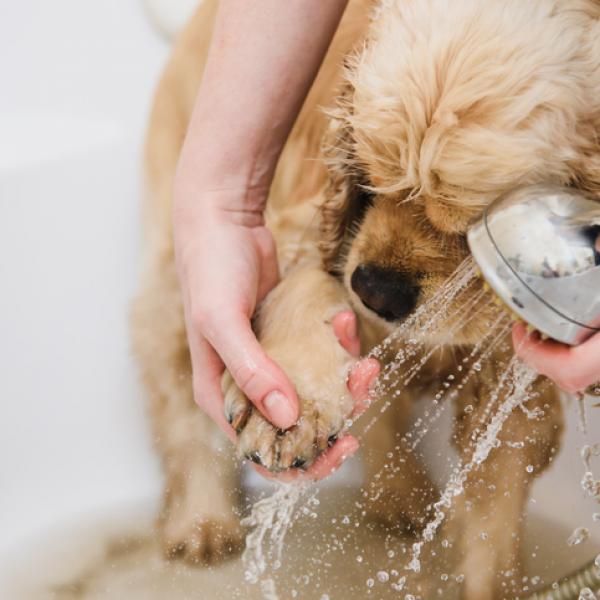Grooming is an essential aspect of responsible dog ownership that transcends mere aesthetics; it plays a vital role in the overall health and well-being of dogs of all breeds and sizes. Regular grooming helps to keep a dog’s coat clean and free from mats and tangles, which can lead to skin irritations and discomfort. It also allows pet owners to check for signs of parasites, such as fleas and ticks, and monitor the skin for any abnormalities that may require veterinary attention. Whether you own a small breed like a Chihuahua or a larger breed like a Golden Retriever, grooming should be tailored to the unique needs of your dog. For longhaired breeds, such as Shih Tzus and Collies, daily brushing is often necessary to prevent mats and tangles. These breeds require specific grooming tools, like slicker brushes and combs, to ensure that their coats remain healthy and manageable. Bathing should also be part of their grooming regimen, typically every four to six weeks, using a gentle, breed-specific shampoo to avoid stripping the coat of natural oils. Additionally, these breeds often benefit from professional grooming sessions, where a trained groomer can provide specialized services, including trimming, nail clipping, and ear cleaning.
On the other hand, short-haired breeds, such as Beagles and Boxers, may require less frequent brushing, perhaps once a week, to remove loose hair and promote a healthy shine. Regular baths can be spaced out to every six to eight weeks, ensuring that the skin and coat remain clean without over-drying. However, all breeds need their nails trimmed regularly, as long nails can lead to discomfort and potential injury. Grooming sessions can also be an excellent opportunity for bonding time between the pet and owner, helping to create a trusting relationship. For mixed breeds, grooming needs may vary widely depending on the dominant breed’s coat type. Observing the dog’s coat texture can guide owners in selecting the right grooming tools and methods. Furthermore, introducing grooming at an early age helps puppies become accustomed to the process, reducing anxiety and resistance in later life. Positive reinforcement, such as treats and praise, can be effective in making grooming a pleasant experience.
Beyond coat care, Gentle and patient dog grooming for anxious dogs contributes significantly to a dog’s overall hygiene. Regular ear cleaning prevents infections, while brushing teeth can combat dental disease, which is common among dogs. Owners should also pay attention to any changes in their dog’s behavior or appearance during grooming, as these may indicate health issues. In summary, expert grooming, is not just about keeping dogs looking good; it is crucial for their physical and mental health. By understanding, the specific grooming needs of their dogs and establishing consistent grooming routine, pet owners can help ensure their furry companions lead happy, healthy lives, regardless of breed or size. Investing time in grooming fosters a deeper bond between owner and pet, ultimately enhancing the quality of life for both.


